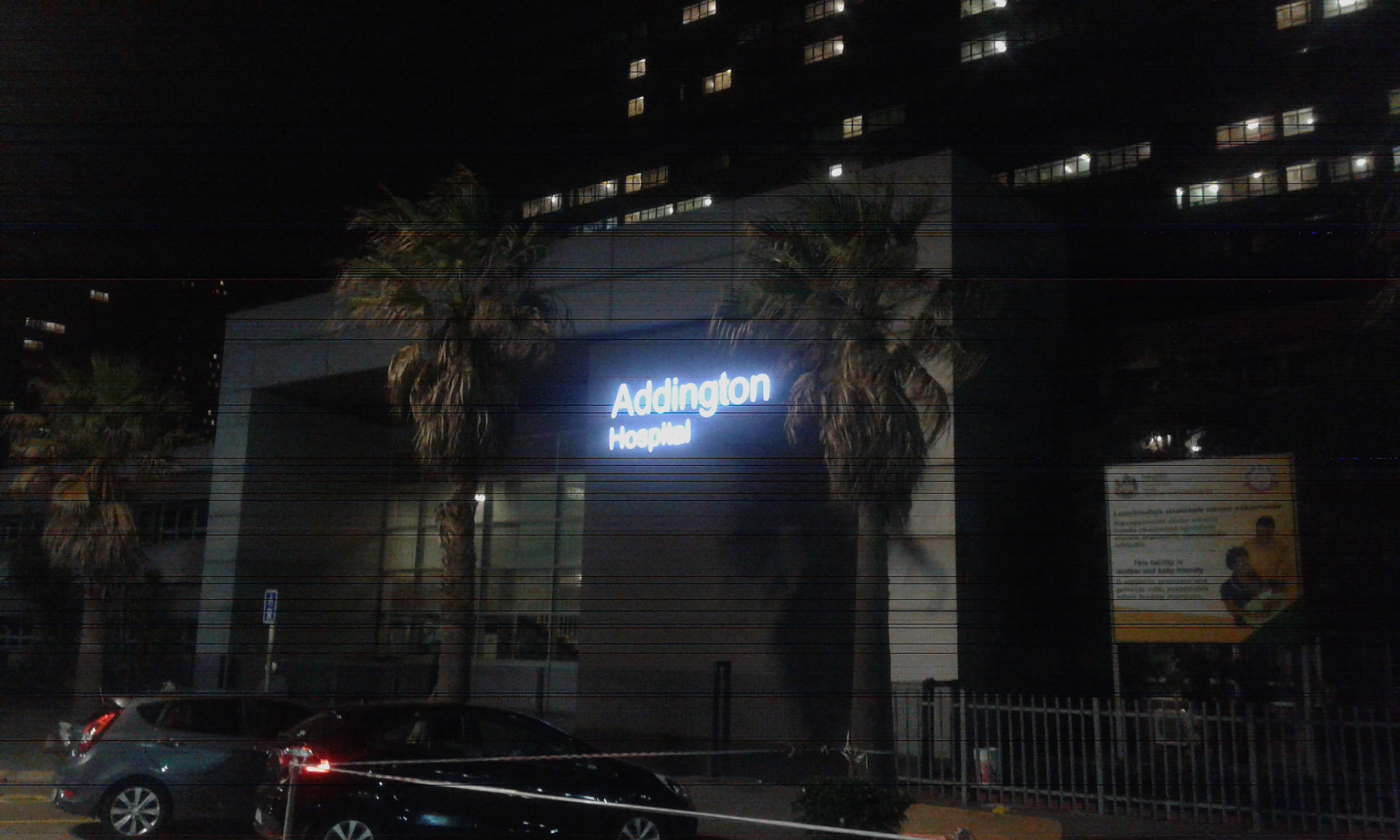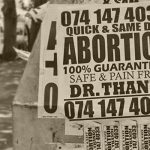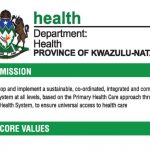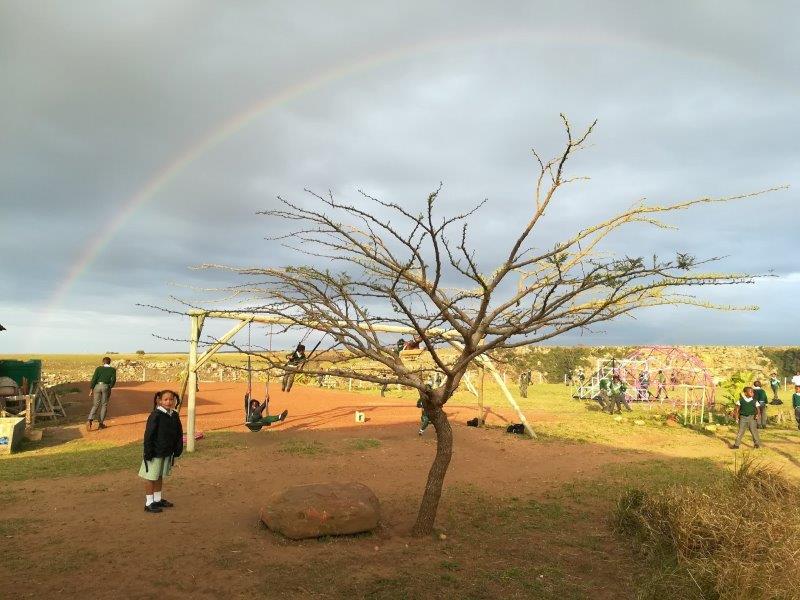REPORTER’S NOTEBOOK
Polka dot blankets and pillows line the pavement outside Addington Hospital’s health clinic where women waiting to have abortions lie curled up on the cold cement. It’s 2.30am, Wednesday, May 28.
Zinhle Gumede (not her real name) sits on the ground, her back to the brick wall. She’s huddled with two other women under a blanket: protection from the frigid winter sea air.
From time to time an ambulance leaves the accident and emergency department, passing close to Gumede and the line of women behind her.
No one pays the ambulances any heed. They sit and chat or lie on the pavement under blankets – some asleep in the foetal position.
It’s the 20-year-old’s second wait outside. The day before, she arrived at 4am, only to be turned away at 8am.
Nurses told her that the termination of pregnancy (ToP) ward accepts only 10 women a day. The unit does not provide a facility to make appointments.
This time, Gumede was taking no chances. She was first in the queue, bracing herself for the “hardest decision I have ever made”.
“I would keep my baby if I could. Now I am here and during the night anything could happen to me and my parents have no idea I am here,” she said.
This area of South Beach is seedy. Vagrants abound.
Gumede said she had not told her family and friends in KwaMashu about her visit to the Department of Health facility. She felt she could not confide in anyone and did not have money to visit a private abortion clinic.
“My dad and mom would never accept my pregnancy,” said Gumede. “My parents are very important in my church and we, as their children, must live by example to other young women at our church.”
Fearing he would want to keep the child, her boyfriend did not know about the pregnancy either.

Three security guards were posted on duty at the nearby entrance. I spoke to one of them. He advised that women seeking an abortion were not allowed into the waiting area of the hospital. Others had been rowdy in the past, apparently, and some had been accused of stealing from other patients, he said.
They are the only patients made to wait outside.
By 8am that Wednesday, there were more than 20 women in the queue. All were waiting for the same thing but their reasons and personal circumstances that had brought them there that night were all different.
A 25-year-old, who we will call Cynthia Mkhize, was already a mother. She said she did not feel she could manage another child. “I gave birth to a beautiful baby girl in June last year. My boyfriend and I decided to get engaged so we can raise our child together under one roof. I was a doing my final year of my diploma. It was really hard,” she said.
Mkhize said trying to look after a baby and study had proved impossible. “This year I am repeating.
“I still live with my fiancé, but financially we can’t afford another baby. Somehow I got pregnant again, that’s why I am here and I didn’t even tell my fiancé I am pregnant. I just want to deal with this on my own,” she said.
“I have made peace with the fact that I will sleep here to get help,” she said as I left her to her fate.

To confirm the women’s stories, I made inquiries at Addington Hospital, posing as a relative of a person seeking an abortion. I discovered that their stories were true.
This week I was back at the hospital, sitting in front of Francis Zuma, the hospital’s public relations manager.
The evening before, Desmond Motha, a senior spokesperson for the Department of Health, did not believe what I had told him about women having to wait on the pavement at night to be attended to once doors opened.
Motha arranged the meeting with Zuma.
In preparation, I woke up at 2am and made my way to the same spot on the cement where the pregnant women regularly started queuing.
This time the place was deserted. A different security guard informed me that the nurse who performs the abortions was on leave.
Five hours later, at 8.30am, fellow Roving Reporter Izze Siemann and I met Zuma. We had a list of questions, but Zuma could not speak on the record. He said he could only provide answers pre-approved by Motha.
“What you are asking is not on the list of questions,” said Zuma, referring to a query sent to the Department of Health.
We were also refused access to view the unit even though it was closed. We left with more questions than answers. – Additional reporting by Izze Siemann.
This story was originally published in the Sunday Tribune. Click here to read pdf of the published story.












